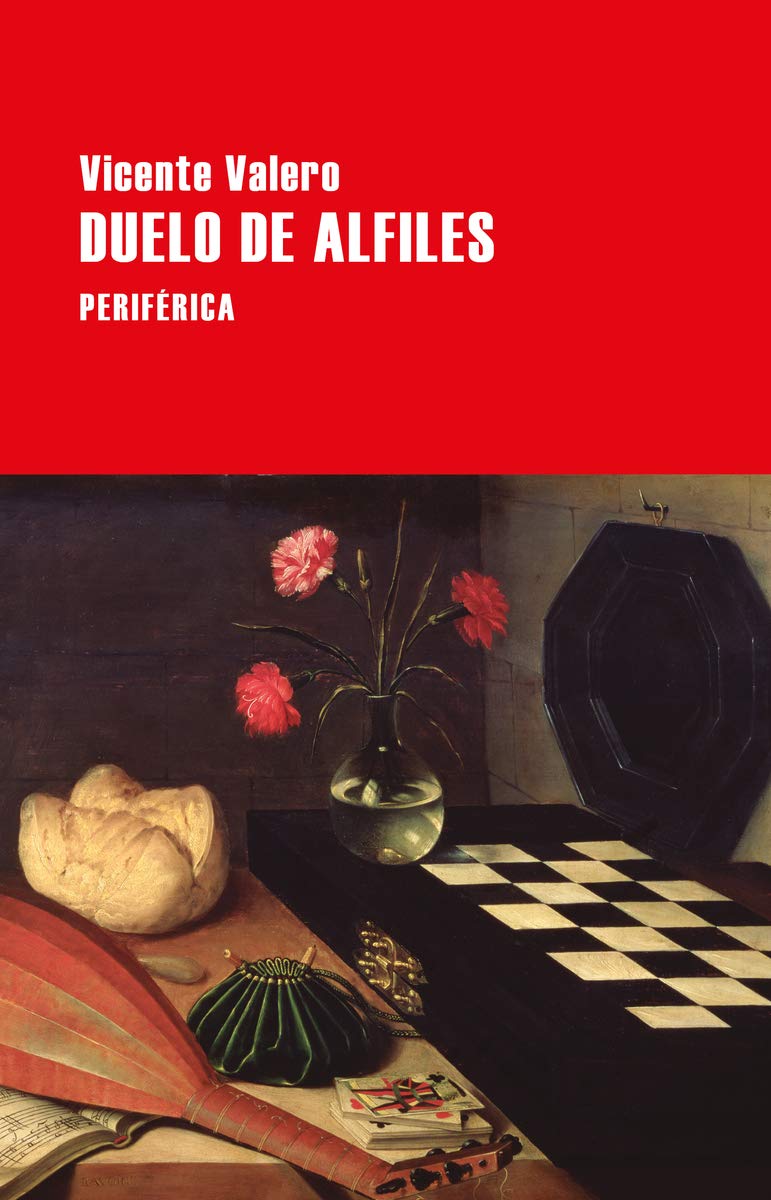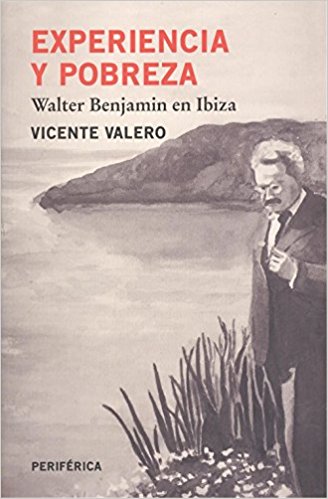
El arte de la fuga
Los tres relatos extensos que componen este bellísimo libro recrean, desde la ficción, tres episodios históricos singulares (no exentos de misterio y, por tanto, favorables a las hipótesis más arriesgadas) protagonizados por tres poetas míticos: San Juan de la Cruz, Friedrich Hölderlin y Fernando Pessoa.
En el primero de ellos se narran los últimos días y la muerte del místico de Ávila en el otoño de 1591 en un convento de Úbeda. En el segundo se siguen los pasos del poeta romántico en su larga caminata desde Burdeos (adonde había llegado sólo cinco meses antes para ocupar un puesto de preceptor) hasta Stuttgart, en la primavera de 1802. En el tercero se describe la noche (8 de marzo de 1914) en que el poeta portugués concibió al primero de sus famosos heterónimos, Alberto Caeiro. Aunque nacidos en épocas muy diferentes, estos tres autores tienen en común, además del altísimo nivel de sus obras, un mismo impulso vital y poético hacia una plenitud que sólo parece poder alcanzarse en territorios extremos (la muerte, la locura, el desdoblamiento) mediante formas de autosacrificio y traspasando fronteras: la frontera de la vida, en busca de la unidad trascendente y definitiva; la de la razón, que llevará a una sintaxis nueva que funde y celebre un mundo sagrado y perdido; y la de la identidad, que propiciará el nacimiento de una voz multiforme que armonice los contrarios. De esta manera, en los tres episodios recreados por Vicente Valero asistimos a tres «fugas»; fugas que aspiran, sin embargo, a una integración más alta y diferente.
Este tríptico, que parece escrito al lado del camino, ofrece una mirada ejemplar sobre la naturaleza y las «pequeñas cosas» que conforman el mundo; al mismo tiempo que, desde una gran verdad no sólo literaria, se acerca a los anhelos, miedos y aparentes locuras de los hombres de cualquier época.
—
(The Art of Escape) The three extensive stories that compose this beautiful book recreate, from fiction, three single historical episodes. However, they’re not exempt of mystery, and therefore they are favourable to the riskiest assumptions. The protagonists of these stories are three mythical poets: Juan de la Cruz, Friedrich Hölderlin and Fernando Pessoa.
The first story tells the last days and death of the mystic of Ávila in the autumn of 1591 in a convent of Úbeda. The second, follows the steps of the romantic poet from Burdeos (where he had arrived for a post as a teacher) to Stuttgart in the spring of 1802. The third describes the night of the 8th of March, 1914. That night, the Portuguese poet conceived the first of his famous pseudonyms: Alberto Caeiro. Despite the fact that all of them were born in different times, these three authors have several things in common: Besides the high quality of their work, the same vital and poetic impulse towards a plenitude that only seems to be reachable on extreme territories (death, madness, soul projection). They inflict self-sacrifice and transcending their own borders: the border of life, in the search of the definitive and transcendent unity. Also, the border of reason, that will lead towards a new syntax that melts and celebrates a new and sacred lost world. Finally, the border of the identity: It will foster the birth of a polyform voice that integrates the opposites harmoniously. This way the three episodes created by Vicente Valero portray three “escapes”. Three escapes that aspire, however to a higher and different integration of all.
—
NULL



